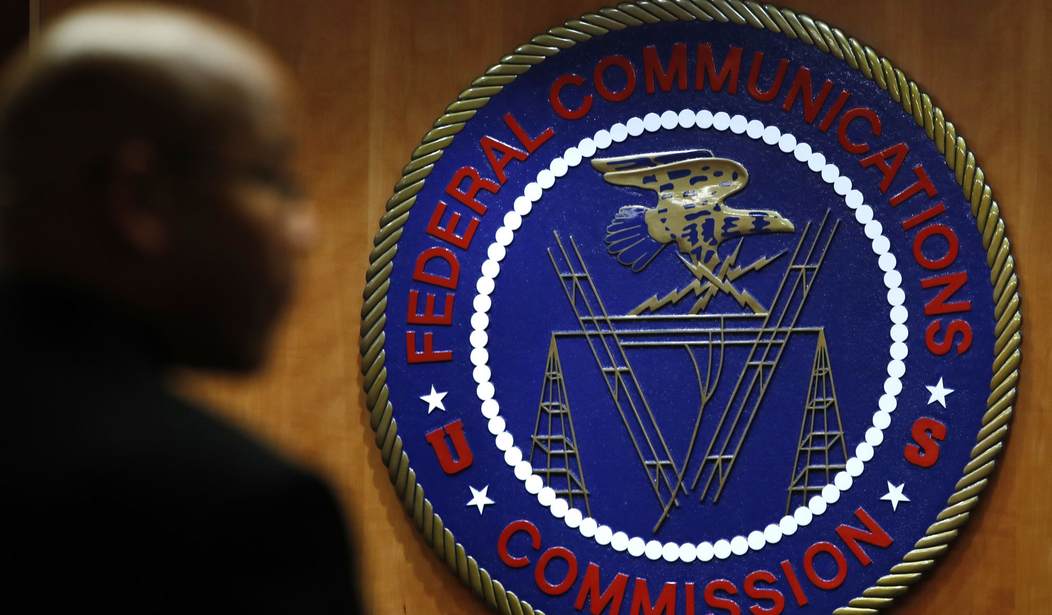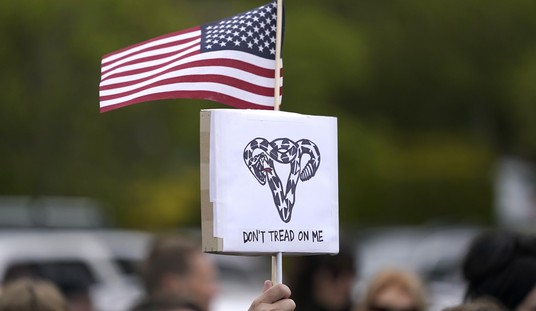As examiners of broadband growth debate the accuracy of federal maps used to determine the level of access, the Federal Communications Commission (FCC) is working on new methods to better capture an accurate picture of the broadband gap.
But one issue complicating this is that studies show that many people are going wireless only and others have no interest in broadband, meaning a gap will always exist.
Brent Skorup, senior research fellow at the Mercatus Center, said nomenclature is an issue, with the FCC using broadband availability as its marker when creating its maps, while critics on the left focus on who is subscribed today.
That’s partially why there is such a large discrepancy between a recent FCC map showing coverage and other maps showing subscriber rates. The FCC shows that 24.7 million Americans cannot access broadband in their homes, while other data indicates that 162.8 million Americans do not use the internet at broadband speeds.
That’s quite a gap, and some of it can be explained by inaccurate FCC data, but not all of it. Skorup said that studies have found that about half of the people who don’t subscribe to broadband are smartphone only, getting their internet through their cell phones and not connections in their homes.
“Mobile is enough for them,” he told the Taxpayers Protection Alliance Foundation. “There are more people going mobile-only every year.”
Many non-adopters say home internet is irrelevant to them, or the cost of a computer is an issue, Skorup noted. He said those residents skew older, rural and low-income, which makes it difficult to make a business case for expanding broadband into the most rural regions of the U.S.
“The highest-cost areas are where most people not likely to subscribe live,” he told TPAF. “It’s a big reason why wireless will be a big part of the solution for connecting rural areas.”
Recommended
Will Rinehart, director of technology and innovation policy for the American Action Forum, said in a paper examining rural broadband economics last summer that “an econometric model of FCC data suggests that the presence of broadband does little to explain the unemployment rate, median household income, the change in employment, or the rate of population change in rural regions. Broadband adoption measures are far better at explaining these trends.”
Rinehart argues that the current trend in policy is focused on expanding broadband, not promoting its adoption, which may be the wrong way to go about it.
“The best mix of policies will certainly vary depending on local needs, but the key to helping local economics is getting more people connected to the Internet, not merely increasing availability,” he wrote.
That point was echoed by Blair Levin and Larry Downes in a Washington Post op-ed, which said “the singular focus on infrastructure deployment distracts policymakers from the actual explanation for why so many Americans are still offline.”
The two point out that Census Bureau surveys have found that more urban households are unconnected than those in rural areas.
“And regardless of geography, access isn’t the main reason these homes are without Internet service,” Levin and Downes wrote. “The vast majority of U.S. homes without broadband service could have it today, but they don’t want it. The real problem is convincing those who are offline of the value of being part of our digital life.”
The FCC has moved to create better maps to identify gaps in broadband coverage, initiating a new process on August 1 for collecting fixed broadband data called Digital Opportunity Data Collection (DODC). This process will collect geospatial broadband coverage maps from fixed broadband internet service providers of areas where they make fixed service available rather than using census block data as in the past.
“We see that as a significant improvement in the broadband data we will be collecting,” Kirk Burgee, chief of staff of the FCC’s Wireline Competition Bureau, told members of the commission’s consumer advisory committee at its meeting last month.
DODC will also allow for public input to be collected on the accuracy of service providers’ broadband maps, facilitated by a crowd-sourcing portal that will gather input from consumers as well as from state, local and tribal governments.
Burgee said this portal will allow consumers to dispute the accuracy of the information offered by providers when their own experiences with the service do not match what’s being reported.
Johnny Kampis is investigative reporter for the Taxpayers Protection Alliance Foundation.

























Join the conversation as a VIP Member